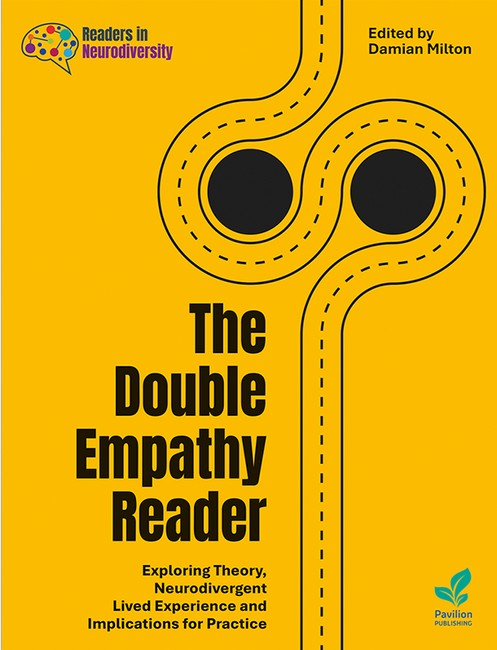Damian Milton is a sociologist and social psychologist who specialises in autism research and is an autism rights advocate. Damian works part-time for the Tizard Centre, University of Kent as a Senior Lecturer in Intellectual and Developmental Disabilities. Damian has also been a consultant for the Transform Autism Education (TAE) project and numerous projects for the Autism Education Trust (AET). Damian's interest in autism began when his son was diagnosed in 2005 as autistic at the age of two. Damian was also diagnosed with Asperger's in 2009 at the age of 36. Damian's primary focus is on increasing the meaningful participation of autistic people and people with learning disabilities in the research process and chairs the Participatory Autism Research Collective (PARC).
Request Academic Copy
Please copy the ISBN for submitting review copy form
Description
Section 1: Theoretical Accounts 1. An introduction to The Double Empathy Reader 2. The Double Empathy Problem: 10 Years On 3. Reframing Social Communication... 4. Methodological Lessons for Future Research 5. How Not to Solve the DEP 6. Intellectual Humility and DEP theory 7. Realising Autistic Individuation and Bridging the DE Divide 8. Revisiting Goffman: The presentation of an autistic self in everyday life 9. Neurotransception: A Conceptual Framework 10. Autistic Lived Experiences of Interneurotype Communication 11. Autistic Sociality in Autistic Spaces + Cultures Section 2: Experiential Accounts 12. On the Ontological Status of Autism 13. Normative Violence and the Consequences 14. Landscapes of an Origami Girl 15. DEP: Approaching from Three Angles 16. Professional Scrutiny of Autistic Families 17. Creating Church Cultures that Validate Autistic Social and Communication Differences 18. DEP & Disparate Autistic Health Care Access Section 3: The DEP in Practice 19. Autistic Flourishing and DE 20. Human Kinds and Neurocultural Mediation 21. DEP to Reframe Support for Peer Interaction 22. Authentic Autistic Play: A DEP? 23. The Embodied DEP 24. A Measure of Self-Empathy 25. 1:1 Collaborative Drawing as a Way for Autistic Children to Construct Their Experiences 26. Inequity in UK Healthcare for Autistic People with a Womb 27. Taking up Theatre and Improv 28. Being a Strong Advocate for Autistic People 29. Specialist Mentoring and DEP 30. Navigating Life as a Trans Autistic Person 31. Using Universal Design to Reduce DEP 32. Overcoming DEP Barriers in Higher Ed 33. Conclusion

